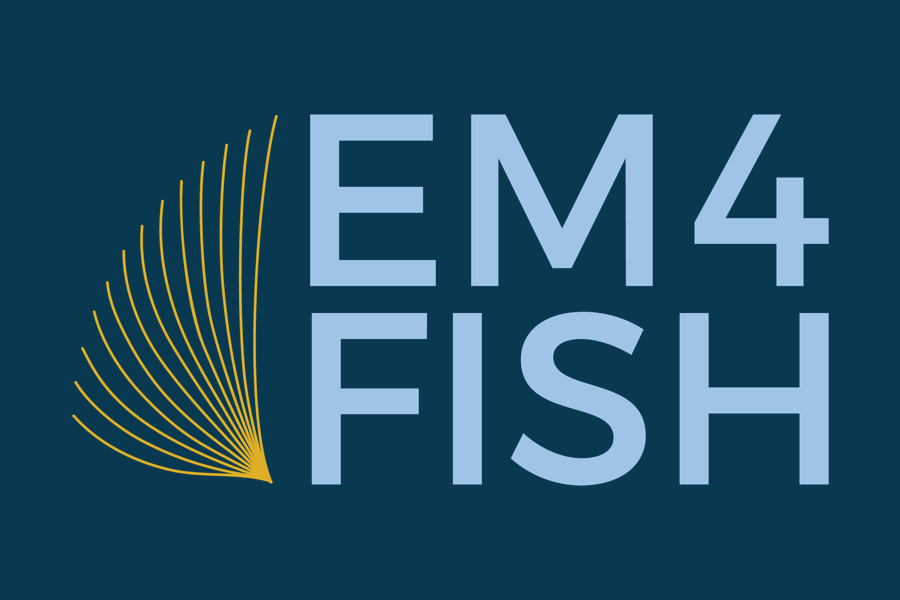Cooper Van Vranken, Berthe M.J. Vastenhoud, James P. Manning, Kristian S. Plet-Hansen, Julie Jakoboski, Patrick Gorringe, Michela Martinelli
While the observation of the open ocean is well achieved by automated ocean measurement instruments, coastal and shelf seas suffer the lack of sub-surface collection platforms. Commercial fishing gear such as bottom trawls, pots, traps and long lines can act as platforms for sensors, which collect physical oceanographic data concurrently with normal fishing operations. The lack of observed in situ ocean data in coastal and shelf seas limits operational oceanography, weather forecasting, maritime industries, and climate change monitoring. In addition, using fishing gear as an ocean observation platform has auxiliary benefits for fisheries management including stakeholder involvement. This study quantifies and compares the existing sub-surface in situ data coverage with the spatial distribution of fishing activities. The results show that integration with fishing could contribute to filling some of the most pressing gaps in existing ocean observation systems in coastal and shelf seas. There are limitations related to opportunistic data collection, mainly related to spatial and temporal heterogeneity of fishing activities. However, we make the case that fishery-based observations have the potential to complement existing ocean observing systems in areas where oceanographic data are lacking and needed most in order to ensure long term sustainability of ocean monitoring.

